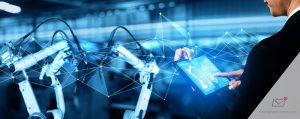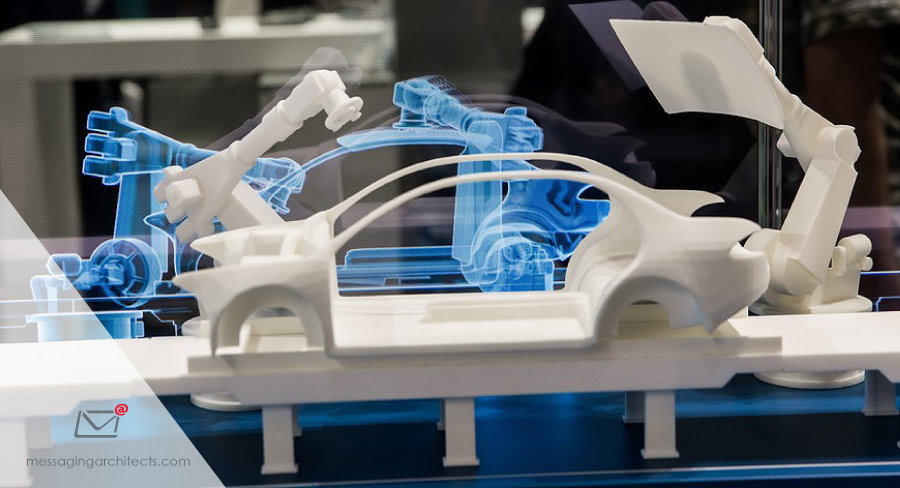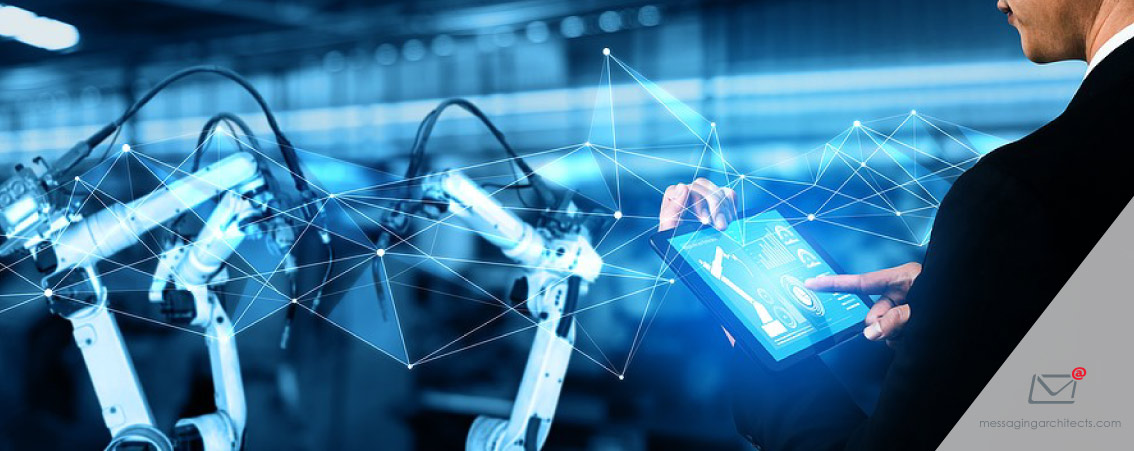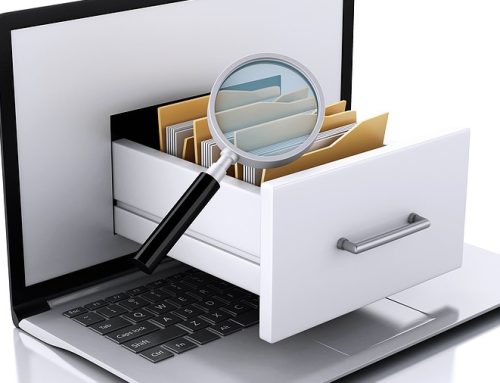In April 1970, disaster struck the Apollo 13 mission. Using a replica of the lunar excursion model (LEM), ground crews designed and tested a solution remotely, dramatically saving the lives of the astronauts. This example of paired technology became the precursor of today’s digital twins, which Gartner calls a “top strategic technology trend.”
Simply put, a digital twin delivers a virtual duplicate of a physical object. Engineers gather actual data about an object or system and use that data to create a digital model. For instance, they may create a digital twin of an airplane engine. They might even combine multiple models together to create a digital twin of an entire production line.
Digital Twin Applications
Digital twin technology has broad implications for a number of industries, from manufacturing and aerospace to healthcare, automotive and utilities. Using this technology offers the possibility of significant return on investment with greatly reduced risk. Some common applications of the technology include the following:
- Remote maintenance – Using a digital twin that incorporates real-time data from the original, engineers gain a detailed view of a physical asset. They can then troubleshoot from half a world away, testing proposed solutions in a safe environment before implementing them.
- Research and development – Digital twins take prototyping to a new level. Researchers can test new products and processes using historical data to simulate real situations. This can shorten development time and reduce the chance for defects.
- Simulation of “what if” scenarios – Predictive twins allow researchers to adjust variables and view the resulting outcomes without affecting the original object. For example, they might change the operational speed or temperature of a device to determine the effect on output.

- Visibility into processes – By connecting multiple digital models, engineers gain insights into an entire process. For instance, they might create a composite twin of an assembly line to view in detail how adjustments affect the end-to-end process. The city planners in Singapore even use a digital twin of the city to guide asset management.
Digital Twins and the IoT
The IoT has resulted in an explosion of data, and this data makes digital twin technology possible. Sensors gather information from the real-world object, delivering that data through the cloud to the digital twin. The twin can then simulate its physical counterpart in real time. In addition, using related data, engineers can build a prototype in advance of the physical version.
The complexity of the virtual model depends on the amount and quality of the data collected. As the digital twin is updated with real-time data, engineers can determine how products are performing now. Then, using machine learning and predictive analytics, they can use the digital model to predict future behavior.

Information Governance Plays Critical Role
All these applications depend on the availability of high-quality data. The world generates 2.5 quintillion bytes of data each day, much of that data coming from the IoT. However, data requires proper management to return value. Enter information governance.
Information governance involves the effective categorization and storage of data, as well as data security, regulatory compliance and access controls. Thus, to realize the benefits of data, businesses must be able to retrieve that data efficiently. And retention policies must be in place to ensure that analytics use up-to-date information.
The experts at Messaging Architects can help your organization implement a comprehensive plan to organize and secure your digital assets. Indeed, with robust information governance, you can break down data siloes and unlock the potential of data to drive innovation.








